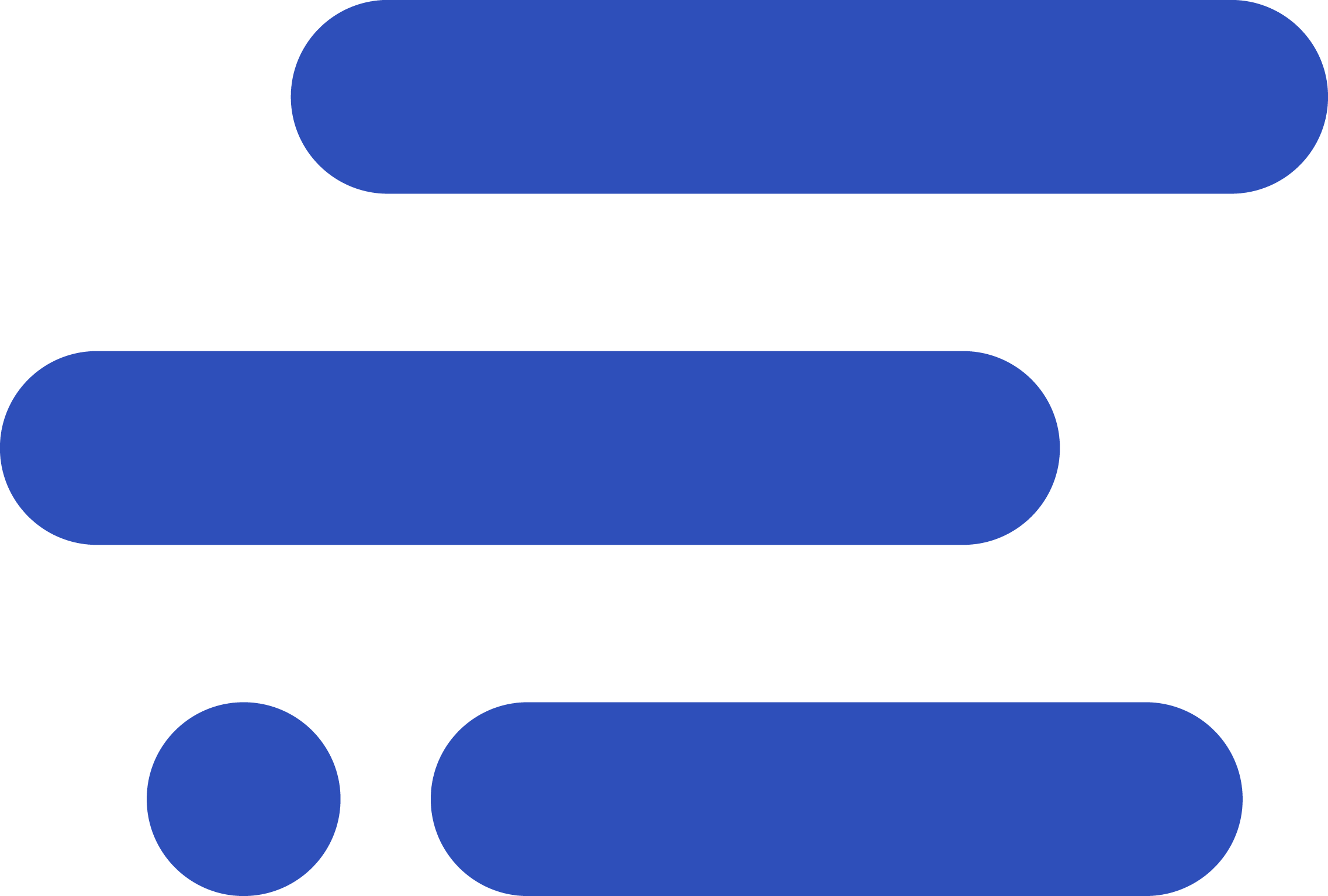
What are the differences and importance of rough and detailed scheduling in the manufacturing industry and what role do they play in optimizing production processes?
In the highly complex world of manufacturing, planning is the fundamental basis for successful processes. Rough-cut planning and detailed scheduling are two indispensable tools that control the execution of production orders. But what are the differences between these two planning mechanisms and how can production managers ensure that they get the most out of their resources? Here we will look at this topic in more detail.
Rough-cut planning in production
Rough-cut planning is the first stage of the comprehensive planning process in manufacturing companies. It focuses on the determination of production times at which the availability of materials and adherence to delivery deadlines are ensured.
Rough-cut planning takes into account production orders with a longer horizon, usually ranging from several weeks to months. As a rule, no precise allocations of machines or employees are made here; instead, planning is based on assumed unlimited capacities in the production area. This means that it is assumed that every machine and every resource is available at all times and that there is no backlog in production.
Such rough-cut planning serves as an outlook, enables a kind of "foresight" and allows materials to be procured in good time and delivery dates to be planned. This planning stage usually takes place as part of Material Requirements Planning (MRP) in the Enterprise Resource Planning (ERP) system.
Detailed scheduling as a tactical implementation
Whilerough-cut planning is responsible for material and capacity planning, tactical planning comes into play with detailed scheduling . The aim here is to translate the results of rough-cut planning into reality and optimize the actual utilization of production resources.
In this phase, a specific allocation of machines, employees and other resources is made for each planned production order. The orders are assigned a detailed processing sequence, with the aim of minimizing waiting times and ensuring maximum utilization of resources. Detailed planning thus coordinates the activities on the shop floor within a defined, shorter time frame, typically from a few days to a few weeks.
In contrast to rough-cut planning, the material is assumed to be available, as the material availability has already been taken into account in the previous rough-cut planning. This planning is often still done manually, with an Excel spreadsheet being the most common tool. However, it should be noted that many optimization potentials are not taken into account in this procedure and capacity reserves cannot be optimally exploited.
The optimized daily production routine
Aproduction process that combines rough-cut and detailed scheduling planning creates the perfect basis for increasing production efficiency. Clear and early rough-cut planning gives companies very specific indications of what long-term production will look like in terms of materials and capacity utilization.
Detailed planning, on the other hand, implements this on the shop floor by taking on the detailed work of allocating resources and the order sequence. It thus optimizes the production processes and ensures that time and capacities are used as efficiently as possible.
It is therefore of great importance that production companies consider the transition from rough to detailed scheduling not just as a compulsory exercise, but as an integral part of a harmonized and efficient production process. In particular, detailed scheduling offers a variety of approaches to minimize waiting times, unnecessary set-up processes and other waste.
Challenges and future prospects
Many companies are currently still reliant on manual processesin detailed scheduling, which often limits the fine-tuning and reaction speed of production to short-term changes in the market.
We are therefore looking to a future of production in which intelligent technologies and algorithms support, automate and optimize detailed scheduling. By using Advanced Planning Systems (APS) and integrating them into ERP systems, companies can bring flexibility and agility to their production processes.
The path to the detailed scheduling of the future means intensifying the use of artificial intelligence and machine learning to enable dynamic planning processes. The aim is to strengthen the database and analysis options in production in order to make detailed scheduling even more precise and to be able to react to real-time information.
In this digitalized and networked production landscape, companies should not view rough and detailed scheduling production as isolated steps, but rather as two interwoven phases that work hand in hand. A holistic view of production makes it possible to maintain flexibility in detail while retaining a strategic vision.
Overall, it is therefore essential to focus not only on detailed scheduling, but also on its intelligent integration into the overall planning process. This is the only way to achieve maximum utilization of production resources and thus an increase in profitability.








